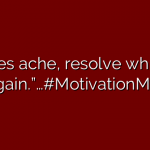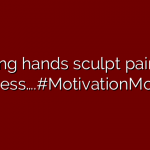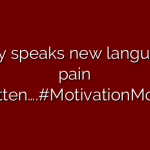Transcript:
[Music]
Our first question comes from Emily E, and she wants to know what types of physical therapy interventions have proven effective for disc issues. Well, Emily, it’s a multifaceted approach. So, the research highlights exercise and manual therapy as the big two. Exercise, numerous studies report its efficacy in reduction, functional improvement, preventing future issues, which is really the meat of this. Like, you want to not have to deal with this in the future. It’s great if somebody or something or, you know, the powers that be can get rid of your pain, but if it comes back, it’s, you know, it’s not really a solution, then. It’s like a Band-Aid.
Specific exercises are really geared towards the neck itself and the areas around it. So, for example, a tailor approach and a classic is what we call cervical retraction, which you saw Chris do essentially in the first episode when he was showing chin tucks. Cervical retraction can even be done in standing. It’s where you’d stand like this. I like to teach people to make an L-shape with their hands, pretend their thumb is a shelf that they’re going to glide away from, and then you just relax. You shouldn’t be poking forward, pushing into yourself. That’s cervical retraction. That’s an old classic. There’s also isometric exercises. If you’re unfamiliar with isometrics, that would be where you are pushing against an immovable object. So, there’s force creation but no movement.
One of the classics is you would have someone stand nice and upright or sit nice and upright, and they usually use a mirror because right now my head’s a little tilted and you want to be centered, and you just push in a tilting motion like this into your hand, and your hand doesn’t let you go anywhere. You hold for about 6, you relax, and then you go to the back. You make your way all the way around your head doing this. There’s also core strength exercises, thoracic mobility exercises, all of that can help you on your journey with a disc issue.
And then lastly, there’s motor control, which is essentially retraining your coordination because that promotes stability and reduces pain according to the research. A motor control exercise would be more like knowing what you’re doing when you’re doing it. It’s a lot of body awareness and coordination, like I was saying before. So, are you moving one piece at a time or several?
The second part we were talking about before was manual therapy. That would be things like joint mobilization, which is gentle movement of your joints. It’s generally passive by your therapist. It’s really designed to decrease stiffness if you’re experiencing that. There’s soft tissue mobilization, which is the PT word for massage, essentially. Myofascial release, massage, trigger point, work, and that usually contributes to pain. So, we use those tools to eliminate it, make you feel better, put you less at guard. And then there’s neuromobilization, which are targeted nerve guides, treating your nerve like a piece of floss and moving it through the tissues. So, rather than pulling on it more, which would aggravate it, you’re looking to alleviate symptoms by letting it move because that’s what it likes. I often tell people nerves are a lot like flowers. They don’t really need much, but they’re generally slow to do what you want them to do, and you just got to be patient with them.
Other modalities too exist for helping with disc issues. Ice, heat, stem, things like that. There’s no real long-term impact when you look at the research on it, but if it makes you feel good, do it. The elephant in the room, if you will, is really education and self-management. You’ve got to learn about what you’re doing. All too often, I have people that know more about their car than they do their own body. You only get one body. You can sign a car lease for three years. You can get a new one whenever you want. Do some research, engage in your therapy, engage with professionals, don’t be afraid to ask questions. And then also, find strategies that work for you, whether it be pain management or exercise or something else. And then you’re active in your therapy, and you’ll have a good outcome doing that.
[Music]






